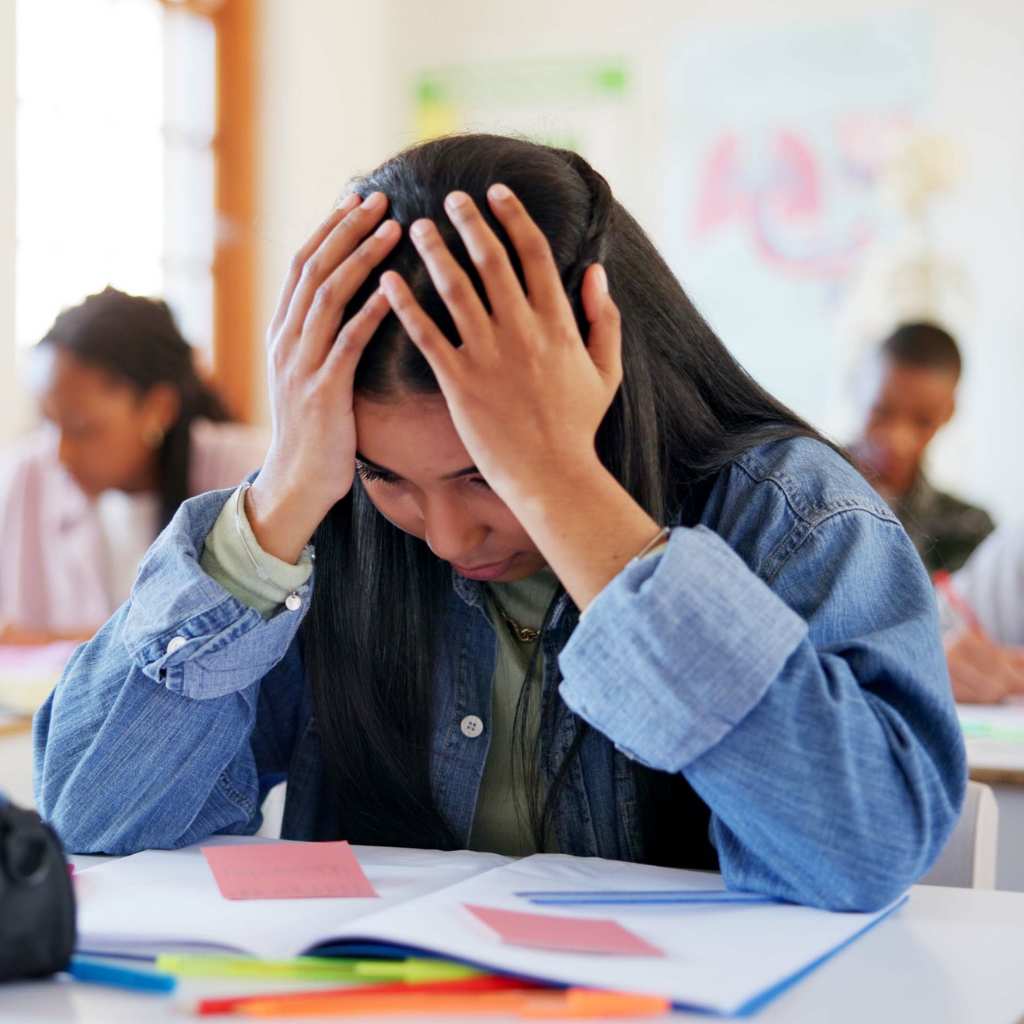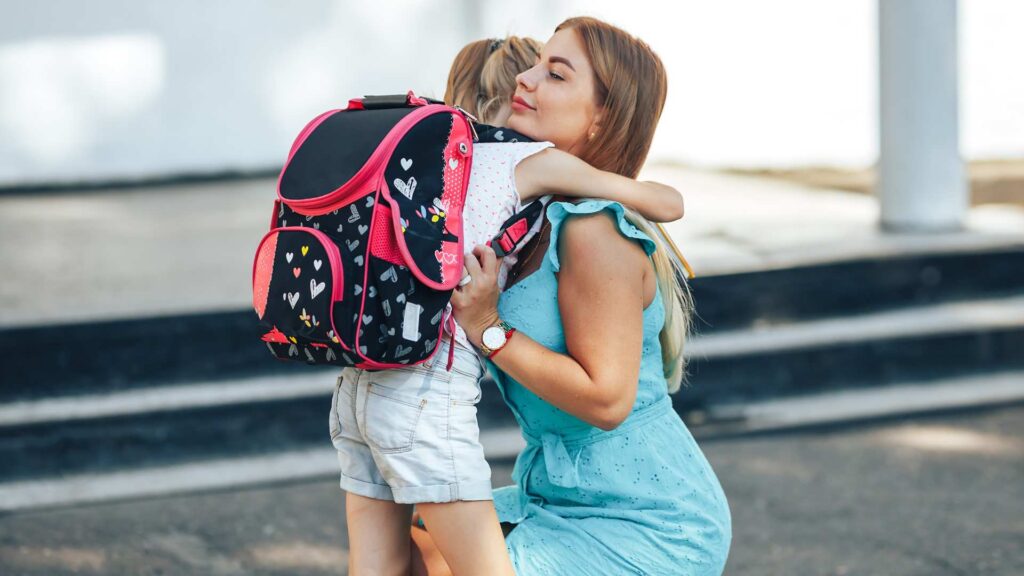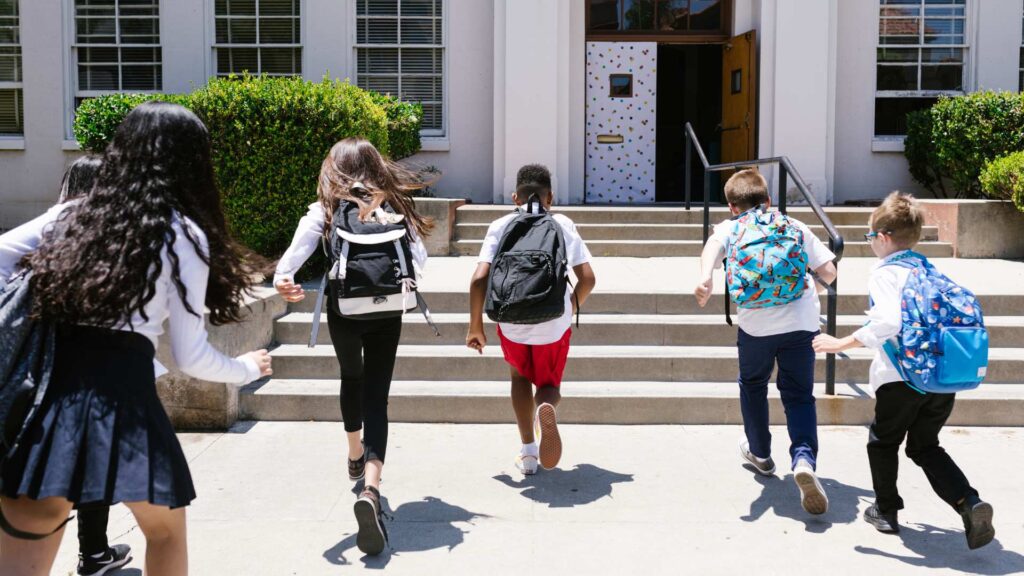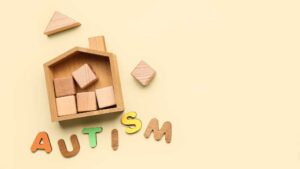Table of Contents
Can autism cause back-to-school anxiety?
As summer winds down and the school year looms closer, many families find themselves juggling school supply lists, calendar updates, and the emotional rollercoaster that comes with change. For children on the autism spectrum and their caregivers, this transition often comes with an extra layer of complexity: back-to-school anxiety.
This type of anxiety can be especially intense for children with autism, who usually thrive on predictability and familiarity. The shift from the flexible and relaxed pace of summer to the structured world of classrooms can feel overwhelming, even distressing.
Parents may notice subtle—or not-so-subtle—signs of school stress in their child as the return to classes approaches. The child who once enjoyed reading or playing outdoors may now seem withdrawn, irritable, or resistant to any discussion about school. These reactions are not misbehavior; they are communication. They often reflect school stress in children who are struggling to process significant changes and uncertain environments.
In this blog from ABA Centers of Virginia, we’ll take a look at back-to-school anxiety in children with autism.
Why Back-to-School Anxiety Hits Differently for Children with Autism
Back-to-school anxiety affects children with autism differently than their neurotypical peers. What might seem like typical preschool jitters can actually be an intense emotional and physical response to the dramatic shift from summer’s flexible routines to the structured demands of academic life. This anxiety is more about meeting new people or learning new subjects; it’s also about navigating a complete change in environment, sensory experiences, and daily predictability.

The Journal of Clinical Child & Adolescent Psychology indicates that approximately 69% of children with ASD experience clinically significant anxiety, with many displaying traditional anxiety symptoms and distinct presentations that don’t fit typical anxiety disorder categories.
Recognizing the Signs of Back-to-School Anxiety in Autism
School stress in children with autism may not always look like traditional anxiety. It can manifest in emotional and physical responses, depending on the child’s coping skills and sensory sensitivities. Some common indicators include:
- Increased meltdowns or shutdowns
- Sleep disturbances (difficulty falling or staying asleep)
- Physical complaints like stomachaches or headaches
- Avoidance of school-related topics or tasks
- Regressive behaviors (bedwetting, clinginess)
- Refusal to leave the house or get dressed in the morning
- Escalation in stimming behaviors like rocking or pacing
- Heightened sensitivity to sound, touch, or routine changes
It’s crucial to approach these behaviors with empathy and curiosity rather than discipline. These signals are often the only way a child can express discomfort with upcoming changes.
Tips for Easing Back-to-School Anxiety
Supporting your child through back-to-school anxiety requires a combination of preparation, patience, and practical strategies tailored to their specific needs. Although these strategies don’t eliminate anxiety, they can reduce its intensity and provide comfort:
- Start early: Begin talking about school weeks in advance using simple, positive language.
- Use visual schedules: A picture schedule showing the new school routine can prepare the child for what to expect.
- Visit the school: If possible, schedule a walk-through to meet the teacher, see the classroom, and practice the route.
- Create a countdown calendar: Mark the days until school starts and involve your child in preparing their supplies.
- Practice the morning routine: In the weeks before school, rehearse waking up, getting dressed, and eating breakfast on a schedule.
- Identify a comfort item: A small toy, family photo, or sensory object can serve as a calming tool during school.
- Coordinate with school staff: Share your child’s support needs, triggers, and strategies with teachers or aides.
- Validate their feelings: Avoid saying “you’re fine” or “don’t worry.” Instead, try “I see that you’re feeling nervous, and that’s okay.”

How ABA Therapy Supports Back-to-School Transitions
Applied Behavior Analysis (ABA) therapy is one of the most effective tools for supporting children with autism, particularly during times of change. ABA works by breaking down skills into manageable steps, teaching coping strategies, and reinforcing positive behaviors.
An ABA program can support a child experiencing school stress by:
- Developing transition routines: ABA therapists help children build routines for the morning, school drop-off, and after-school periods to reduce unpredictability.
- Social story creation: Therapists may use visual supports or social stories to walk the child through what to expect at school.
- Coping skill training: From deep breathing to using a break card, ABA teaches children how to regulate emotions and respond to stress.
- Communication tools: ABA can support the development of expressive communication so children can share their needs, feelings, and frustrations.
- Parental training: Caregivers learn how to reinforce ABA strategies at home and advocate effectively for their child in school settings.
ABA Centers of Virginia: Year-Round Support for Families
At ABA Centers of Virginia, we understand that autism is not seasonal—so neither is our support. From back-to-school transitions to holiday challenges, our team is here for families throughout the year.
We offer:
- Personalized ABA therapy tailored to your child’s strengths and needs
- Parent training to extend strategies into everyday life
- Ongoing assessments and adaptation to changing developmental goals
- Seasonal and community events to promote community engagement
Whether your child is facing school stress, navigating anxiety in autism, or preparing for their first day in a new classroom, we’re here to help. Call us at (855) 957-1892 or fill out our form.
Let us walk this journey with you, because when children feel supported, they grow through change.







